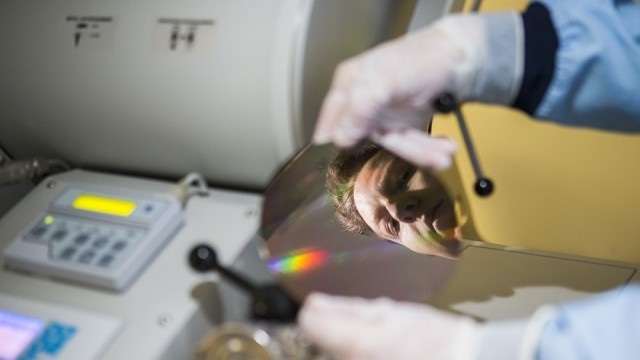Jul 7 2016
Researchers from ANU have found a way to enhance the performance of nanolasers by adding impurities. This discovery will be key to the development of quantum computing, low-cost biomedical sensors and rapid internet.
 (Image by Stuart Hay)
(Image by Stuart Hay)
During the process, Tim Burgess, a researcher from ANU, added atoms of zinc to gallium arsenide-based lasers that are one hundredth the diameter of a human hair . The gallium arsenide material is also used widely in smartphones as well as other electronic devices.
The amount of light emitted from the lasers was improved up to 100 times owing to the addition of impurities.
Normally you wouldn't even bother looking for light from nanocrystals of gallium arsenide - we were initially adding zinc simply to improve the electrical conductivity. It was only when I happened to check for light emission that I realised we were onto something.
Tim Burgess, Researcher, ANU
Lasers, photovoltaic cells and light-emitting diodes (LEDs) all use gallium arsenide. As the material needs a surface coating prior to the production of light, it is challenging to work with the material at the nanoscale. Earlier studies from ANU have revealed how to produce suitable coatings.
Professor Chennupati Jagadish, the research group leader from the ANU Research School of Physics Sciences, said that the recent outcome complements these achievements by raising the amount of light produced within the nanostructure.
“It is an exciting discovery and opens up opportunities to study other nanostructures with enhanced light emission efficiency so that we can shrink the size of the lasers further,” the professor said.
According to Mr Burgess, doping - a process of adding the impurity to gallium arsenide - not only enhanced the light emission.
The doped gallium arsenide has a very short carrier lifetime of only a few picoseconds, which meant it would be well suited to use in high speed electronics components. The doping has really has given these nanolasers a performance edge.
Tim Burgess, Researcher, ANU
The above research work is published in Nature Communications.